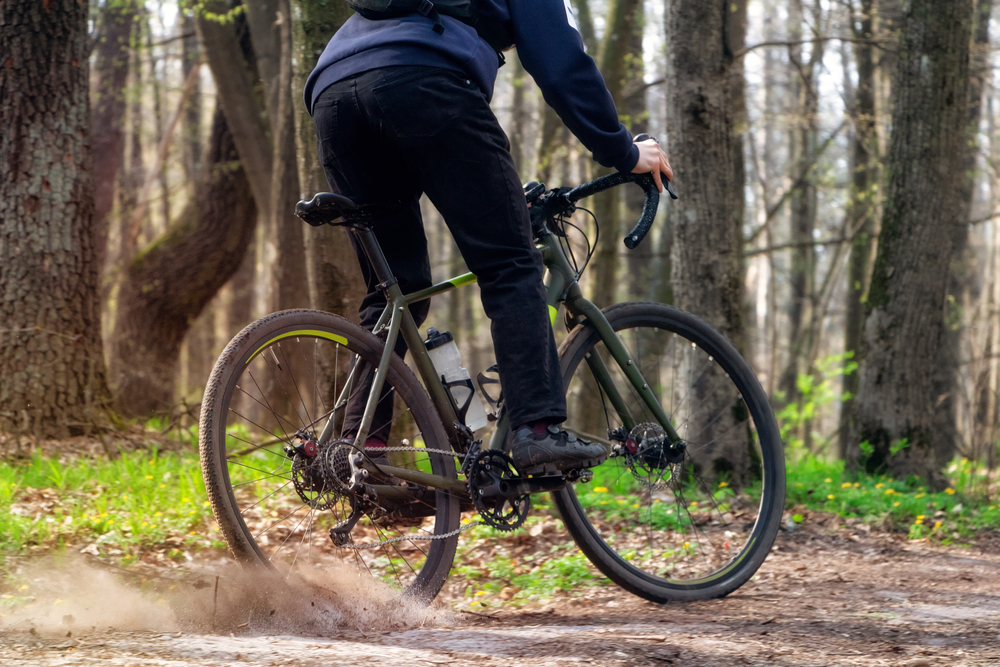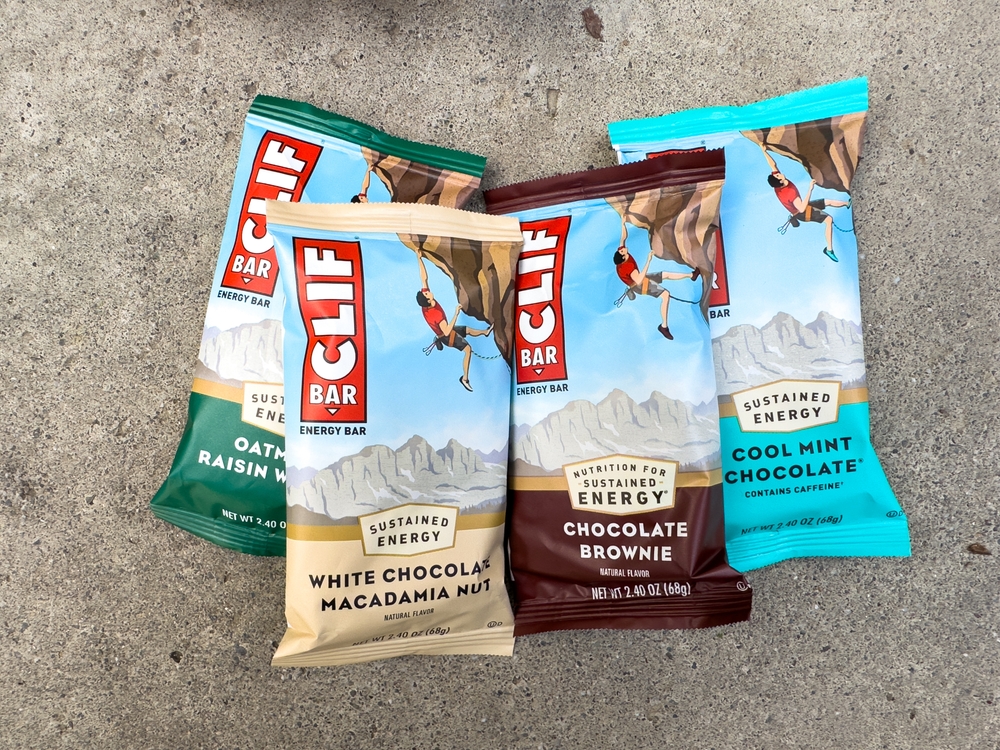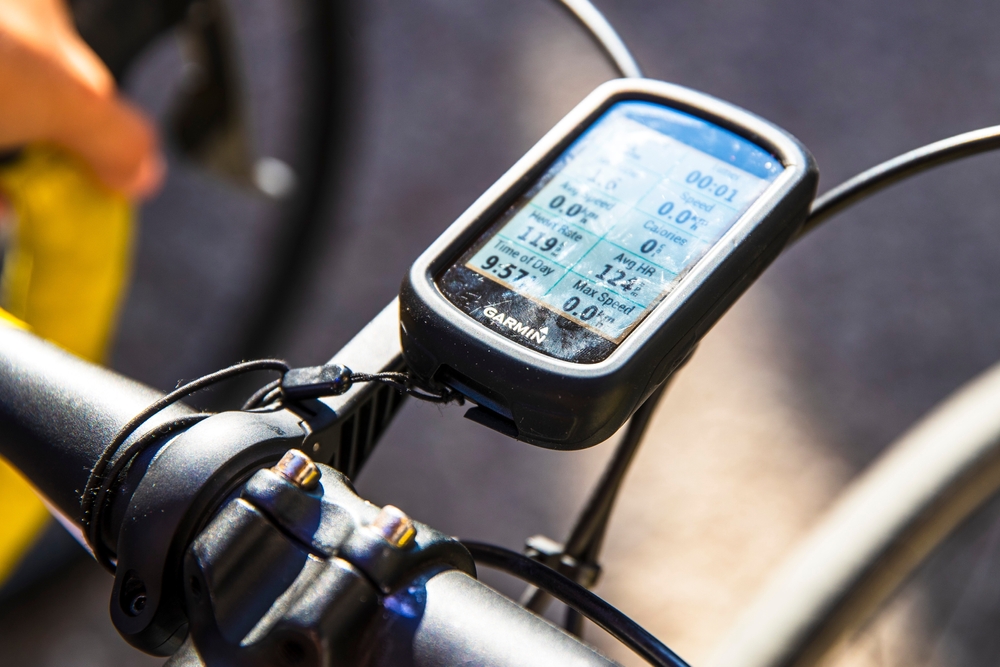Introduction to Bike Pumps
Bike pumps are essential for maintaining optimal tire pressure on your bicycle. They ensure you have a smooth, efficient ride while also reducing the risk of punctures. Understanding how to use, select, and maintain a bike pump can save you both time and money. This article will break down the different types of bike pumps, offer usage tips, and point out common issues.
Types of Bike Pumps
Several types of bike pumps are available, each suited to different needs:
- Floor Pumps: Sturdy and efficient, ideal for home use.
- Mini Pumps: Portable and lightweight, perfect for carrying on rides.
- CO2 Inflators: Fast and compact, good for quick fixes during rides.
- Frame Pumps: Fit along the frame of the bike, providing a balance between portability and efficiency.
Floor Pumps
Floor pumps are designed for easy use at home or in a workshop. They have a large chamber for air, a stable base, and a long hose. This design makes pumping easier and quicker compared to smaller pumps. They often come with a built-in pressure gauge, allowing precise control over tire pressure.
Mini Pumps
Mini pumps are compact and light, designed for carrying in a backpack or attaching to the bike frame. They’re less efficient than floor pumps but are invaluable during mid-ride punctures. They come in two types: single action and double action. Single action pumps require more strokes, while double action models push air on both in and out strokes, inflating tires faster.
CO2 Inflators
CO2 inflators use compressed carbon dioxide gas to rapidly inflate a tire. They are small and very quick, making them excellent for emergency repairs. However, unlike traditional pumps, you can’t reuse the CO2 cartridge. Carrying a couple of spare cartridges is a good idea if you rely on this method.
Frame Pumps
Frame pumps are designed to fit along the frame of the bike. They offer a convenient compromise between portability and pumping efficiency. Some feature a telescoping design, increasing their pumping power without adding significant bulk.
Choosing a Bike Pump
Selecting the right bike pump depends on several factors. Consider the type of valve your bike has. The most common types are Presta and Schrader. Many modern pumps are compatible with both, but it’s always good to double-check. Also, consider the maximum pressure your tires require. Road bikes usually need higher pressure than mountain bikes. Finally, think about where you will be using the pump most frequently. If you mainly ride close to home, a floor pump could be ideal. For longer rides, a mini pump or CO2 inflator might be more suitable.
Using a Bike Pump
Proper usage involves a few simple steps:
- Check the type of valve: Ensure your pump is compatible with your bike’s valve.
- Attach the pump head: Securely connect the pump to the valve.
- Pump evenly: For manual pumps, use a steady rhythm to avoid damaging the valve.
- Monitor pressure: Use a gauge if available to reach the recommended psi.
- Detach carefully: Remove the pump head slowly to prevent air from escaping.
To attach the pump head, you might need to unscrew the cap on a Presta valve or remove a plastic cap on a Schrader valve. Make sure the connection is airtight before you begin pumping. When monitoring pressure, frequently check the gauge to avoid overinflating. Remember that different tires have different pressure needs. Road tires often require 80-130 psi, while mountain bike tires range from 30-50 psi.
Maintaining a Bike Pump
Regular maintenance ensures your pump remains effective. First, store it in a dry place to avoid corrosion. Inspect the hose for cracks or leaks periodically. Lubricate the pump shaft occasionally to keep it operating smoothly. If your pump has a pressure gauge, ensure it stays accurate. Calibration might be necessary occasionally, depending on how often you use it.
If your pump stops working efficiently, common issues might include a clogged valve or an O-ring needing replacement. Cleaning the valve with soapy water can often resolve clogging issues. O-rings, which are small rubber rings that seal the pump mechanism, wear out over time. Replacing them is usually straightforward and cost-effective.
Common Issues and Troubleshooting
A few common issues can arise when using a bike pump. One frequent problem is the pump not creating a seal with the valve. This issue can stem from mismatched equipment or worn-out pump heads. Ensuring you have the correct pump head for your valve type and periodically replacing worn components can solve this problem.
Another issue is difficulty in achieving the desired tire pressure. This can result from leaks, either at the valve connection or somewhere along the pump itself. Checking for hissing sounds while pumping can help you identify air leaks. Tightening loose connections or replacing faulty components are usually effective solutions.
Environmental Considerations
When considering environmental impact, traditional manual pumps are more eco-friendly than CO2 inflators. CO2 cartridges are single-use and must be disposed of after use. While they offer convenience, conscientious riders might opt for a reliable manual pump to minimize waste. If you prefer CO2 inflators, ensure you recycle the spent cartridges correctly.
Tips for Efficient Pumping
For efficient tire inflation, these tips can be helpful:
- Consistency: Use even, consistent strokes for even pressure.
- Gauge Use: Always use a pressure gauge to avoid over or under-inflation.
- Periodic Checks: Regularly check tire pressure to ensure optimal performance.
Consistency and using a pressure gauge are critical for achieving the correct tire pressure. Regular checks mean you catch slow leaks or pressure drops before they affect your ride.
Interesting Facts
The first bike pumps were simple and rudimentary. Now, with advancements in technology, we have pumps that can inflate tires in seconds. The common floor pump design we know today hasn’t changed much since it was first invented. Manufacturers have added features like pressure gauges, ergonomic handles, and durable materials, but the basic principle remains the same. High-end models can even include digital gauges for precise readings. There are also electric pumps powered by batteries, useful for those who might find manual pumping challenging.
Conclusion
Bike pumps are indispensable tools for any cyclist. From selecting the right type to regular maintenance and effective usage, understanding your bike pump can lead to a better biking experience. Whether you ride occasionally or every day, a reliable bike pump ensures your tires are always ready for the road.






